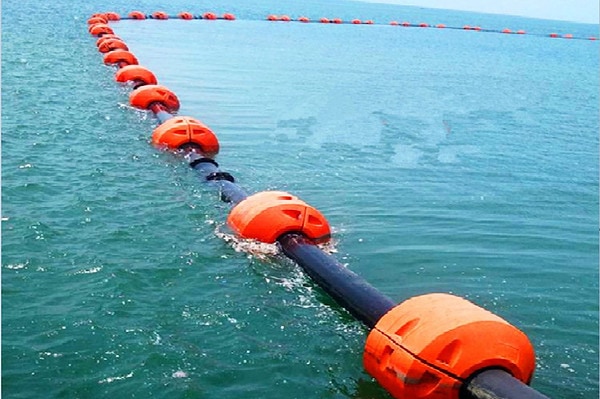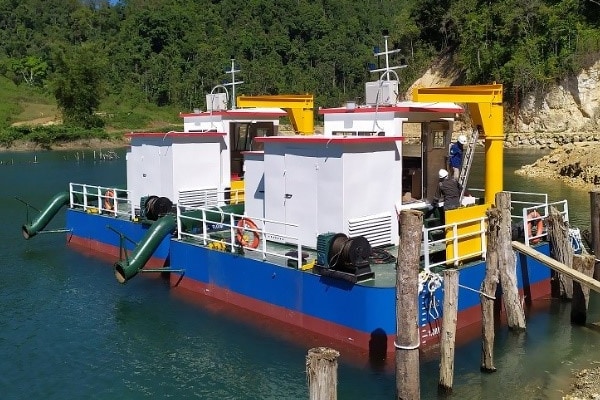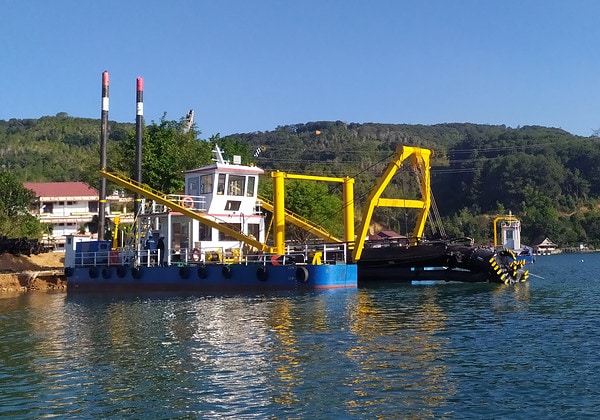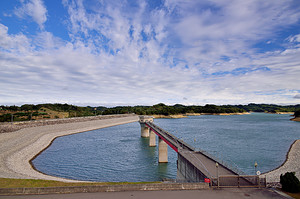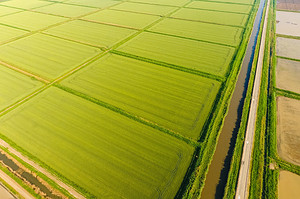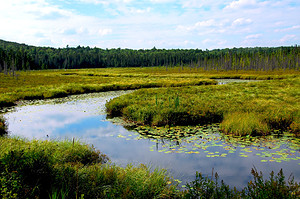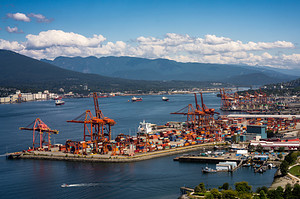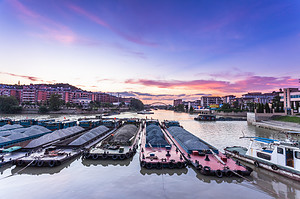Dredging of rivers and lakes refers to the removal of silt, debris, and sediment from rivers and lakes, in order to restore or maintain water depth and flow conditions and solve problems of water flow blockage and sediment deposition.
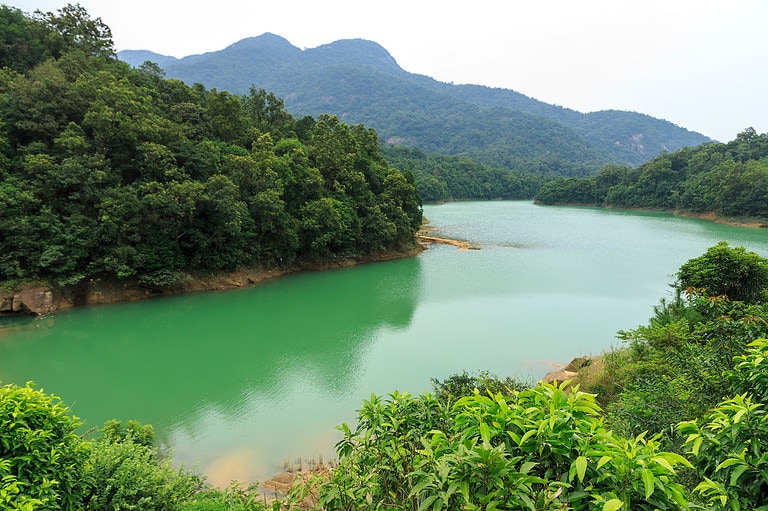
The function of river and lake dredging
If rivers and lakes are not dredged for a long time, it may lead to a series of problems such as reduced water depth, deterioration of water quality, damage to ecosystems, increased flood risk, and limited water resource utilization. This not only affects the health and sustainable use of water bodies, but also poses a threat to humans and ecosystems. For example:
- Reduced water depth: The accumulation of silt, sediment, and suspended solids can lead to sedimentation in the water body, gradually reducing the water depth. A decrease in water depth will affect the capacity and circulation capacity of water bodies, leading to insufficient water storage capacity and affecting the utilization of water resources and the safety of shipping.
- Water quality deterioration: long-term non dredging will lead to Eutrophication of water body and accumulation of pollutants. The nutrients and pollutants in the sludge may be released into the water body, causing Eutrophication of the water body, leading to algae outbreaks and water blooms. This will seriously affect water quality, reduce the transparency of water bodies, and even cause the death of aquatic organisms and ecosystem collapse.
- Ecosystem damage: The accumulation of silt and sediment can affect the habitat and habitat of aquatic ecosystems. Aquatic plant and Aquatic animal may not be able to adapt to the shallowing water depth and Eutrophication water quality environment, leading to biodiversity reduction, species extinction and ecosystem collapse.
- Increased flood risk: Long term non dredging can lead to siltation of the river, obstruction of water flow, and reduced drainage capacity of the water body. This will increase the frequency and severity of floods, increasing the threat of flood disasters to coastal areas and human settlements.
- Limited utilization of water resources: The accumulation of silt and sediment limits the utilization of water resources. The decrease in water depth and deterioration of water quality will affect the demand for agricultural irrigation, industrial water, and domestic water, leading to insufficient water supply and supply-demand conflicts.
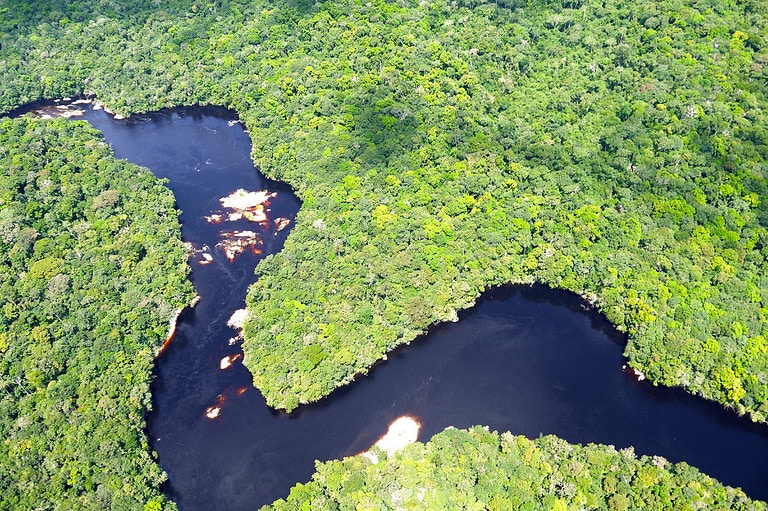
Therefore, regular dredging and maintenance of rivers and lakes is an important measure to ensure the good condition and sustainable utilization of water bodies, and can bring other benefits to human society and ecosystems, mainly reflected in the following aspects:
- Restoration of water depth and capacity: Sedimentation in rivers and lakes leads to a decrease in water depth and a decrease in water volume. Dredging can restore water depth and increase water capacity to meet the needs of water resource utilization, shipping, and water ecosystems.
- Improving water flow conditions: The accumulation of silt and sediment can hinder water flow, causing it to slow down or create vortices. Through dredging, water flow conditions can be improved, and accumulation and uneven flow velocity can be reduced.
- Flood prevention: Sedimentation in rivers and lakes can easily cause floods. Regular dredging can increase water capacity, improve water flow patency, and reduce flood threats.
- Improving the ecological environment of water bodies: Dredging can improve water quality and ecological environment, promote aquatic reproduction and ecosystem stability.
- Promoting water resource utilization: Restoring water depth and capacity helps to provide reliable water resources, supporting demand in areas such as irrigation, industrial water, and domestic water.
- Improving shipping and water transportation: Dredging can ensure sufficient water depth in rivers and lakes, facilitate vessel passage, and promote the development of shipping and water transportation.
- Reducing the risk of flood disasters: Regular dredging can reduce the sedimentation of rivers and lakes, reduce the risk of flood disasters, and protect the safety of humans and ecosystems.
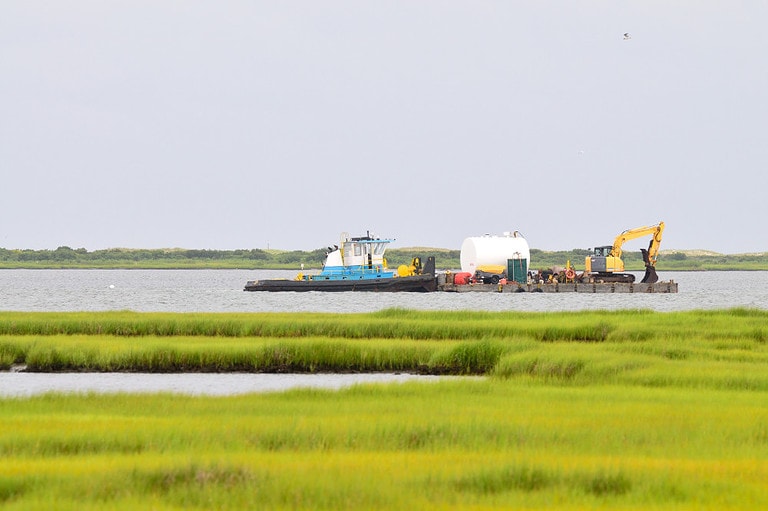
Introduction to dredging equipment
The commonly used equipment in river and lake dredging engineering includes cutter suction dredgers, bucket wheel dredgers, trailing suction dredgers, excavator floating platforms, amphibious excavators, excavator extension arms, excavators, pile foundation construction equipment, etc. If you have dredging needs, please feel free to contact us at any time. We can provide customizable, reliable, efficient, and cost-effective dredging products according to your engineering needs.

